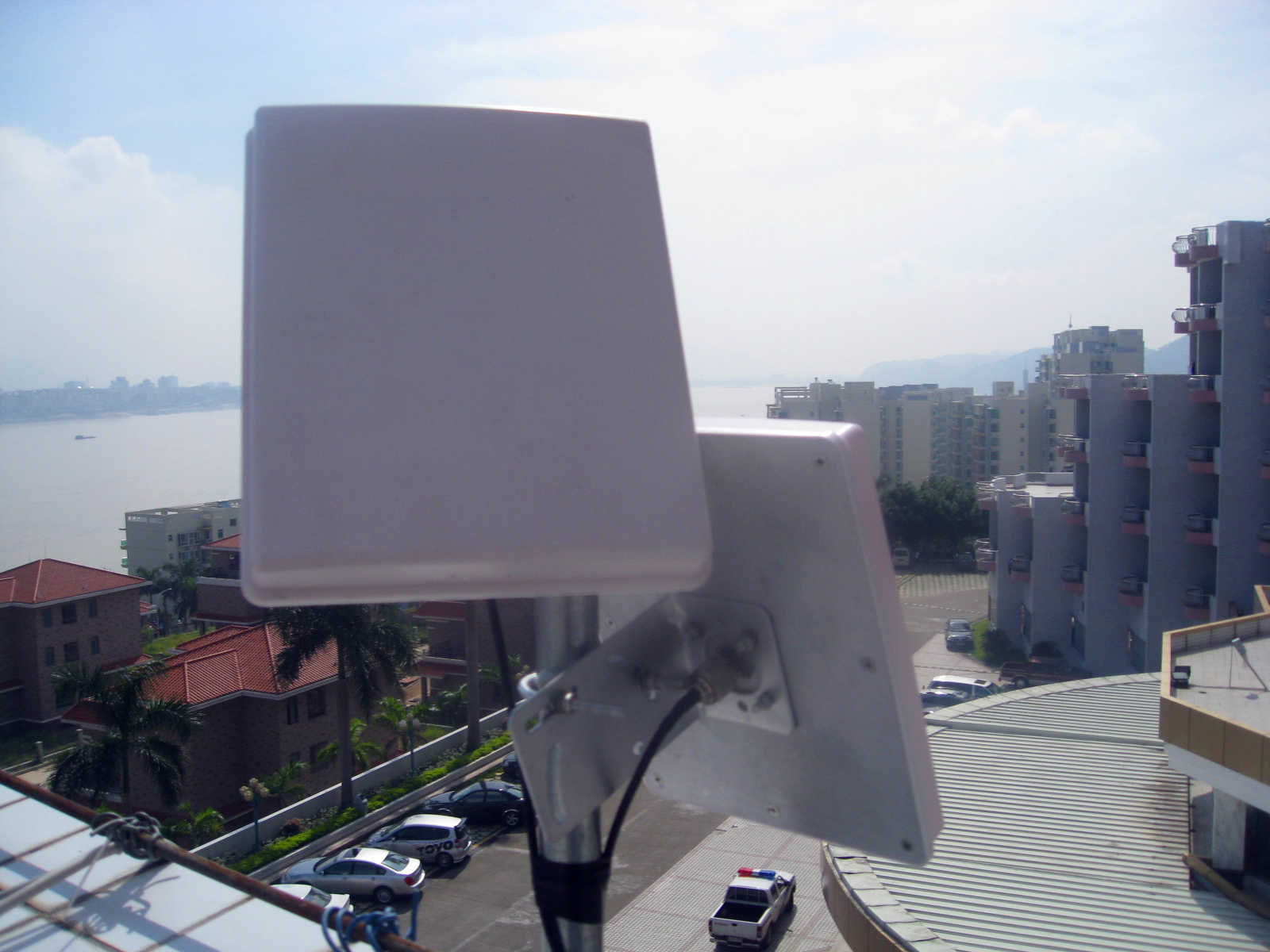2.4GHz WiFi Panel Antennas in Wireless Connectivity- Our Technological Leaps

In the era of IoT and smart infrastructure, WiFi panel antennas have become essential for extending wireless connectivity in challenging environments. Unlike omnidirectional antennas, panel antennas focus energy into a directional beam, delivering high-gain signals over long distances while minimizing interference. RF element, a leader in low-PIM antenna solutions, offers dual-band WiFi panel antennas optimized for industrial, rural, and outdoor deployments.
This guide covers:
Technical specifications and unique advantages of WiFi panel antennas.
Step-by-step installation strategies for maximum efficiency.
Real-world case studies and industry-specific applications.
Technical Specifications and Competitive Advantages
1. Core Design Features
RF Element’s WiFi Panel Antenna is engineered for performance and durability:
| Parameter | Specification |
|---|---|
| Frequency Range | 2.4 GHz / 5 GHz Dual-Band |
| Gain | 15 dBi (Adjustable Beamwidth) |
| Polarization | Dual Linear (±45°) |
| VSWR | ≤1.5:1 |
| Material | ABS Housing, IP67 Waterproof |
Key Innovations:
Low-PIM Technology: Passive Intermodulation Distortion (PIM) < -150 dBc ensures minimal interference in dense networks.
MIMO 4x4 Support: Increases throughput by 60% in high-traffic environments like smart factories.
Modular Mounting: Compatible with Cisco, Ubiquiti, and other industrial routers.
Applications: Where WiFi Panel Antennas Excel
1. Rural Network Expansion
In remote areas with limited infrastructure, directional panel antennas bridge connectivity gaps. A Nordic telecom provider deployed RF Element’s antennas to extend coverage from 100 meters to 500 meters, tripling user capacity.
2. Industrial IoT (IIoT)
Panel antennas enable low-latency communication (<10 ms) in smart warehouses, reducing signal dead zones between automated guided vehicles (AGVs) and control systems.
3. Outdoor Public WiFi
Ideal for parks, campuses, and stadiums, these antennas support multi-user concurrent connections with stable bandwidth allocation.
Installation Best Practices
1. Site Survey and Alignment
Signal Analysis: Use tools like NetSpot or Ekahau to identify optimal mounting points.
Beam Angle Adjustment: Set azimuth (horizontal) to 30°–60° for focused coverage.
2. Cable Management
Low-Loss Cables: LMR400 coaxial cables reduce signal attenuation over distances >10 meters.
Weatherproofing: Seal SMA connectors with silicone tape to prevent moisture damage.
3. Interference Mitigation
Avoid proximity to Bluetooth devices or microwave ovens.
Use non-overlapping channels (e.g., 1, 6, 11 for 2.4 GHz) to minimize congestion.
Case Study: Smart Factory Deployment
A German automotive manufacturer integrated RF Element’s dual-polarized panel antennas into its IIoT network. Results included:
45% Reduction in Signal Dropouts: Improved communication between robotic arms and central servers.
30% Faster Data Transmission: Enabled real-time quality control analytics.
Why Choose RF element?
Custom Solutions: Tailored gain, beamwidth, and mounting options.
Global Certifications: FCC, CE, and RoHS compliance.
24/7 Technical Support: Expert assistance for complex deployments.
Conclusion
WiFi panel antennas are a cornerstone of modern wireless networks, offering precision coverage and industrial-grade reliability. By leveraging RF element’s low-PIM design and directional focus, businesses can overcome connectivity challenges in even the harshest environments.
Explore RF element’s Solutions → WiFi Panel Antenna
TAG:2.4GHz WiFi Panel Antennas in Wireless Connectivity https://www.rfelement.com

